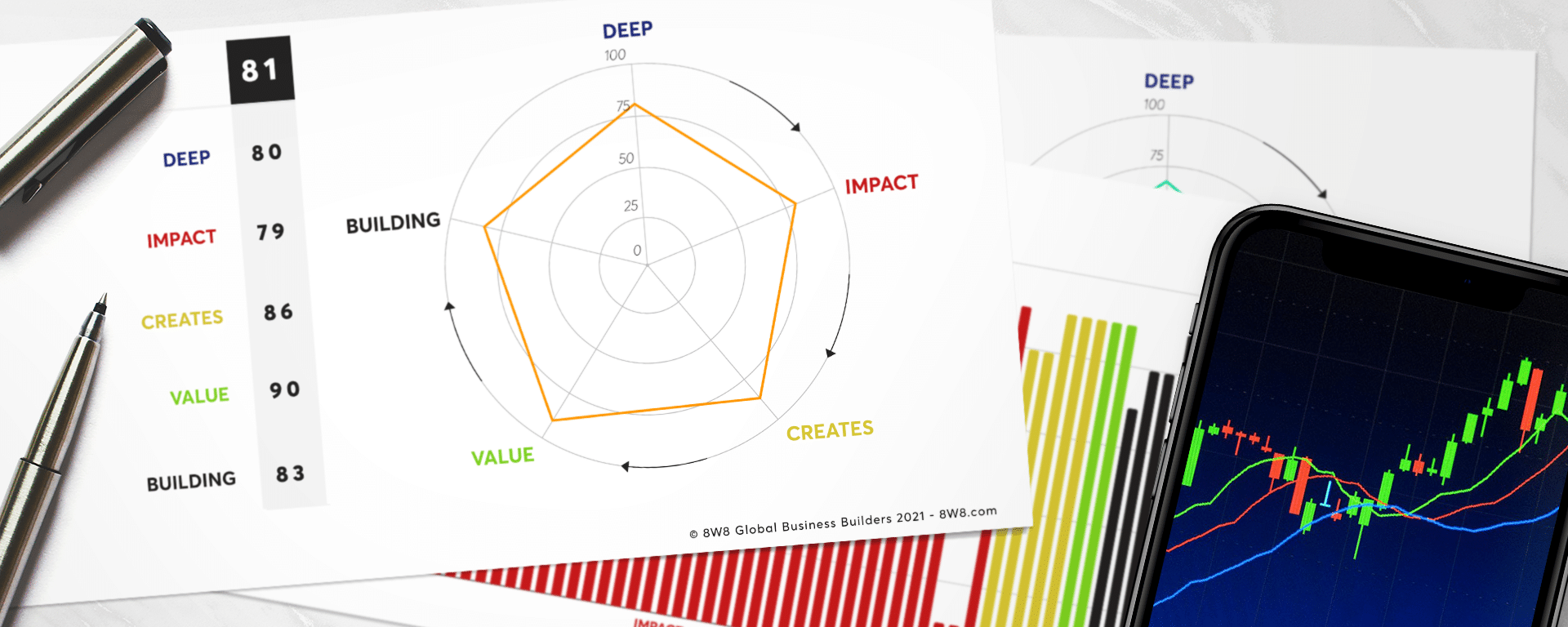Learning From the UN’s Peacekeeping Struggles: How to Address Challenges and Shape Strategies to Counter Disinformation
This article explores the impact of disinformation on the UN’s peacekeeping operations, emphasizing the need for a comprehensive, organization-wide approach. The article also addresses the broader implications of global disinformation and suggests critical considerations for organizations, including proactive strategies and swift responses. The conclusion emphasizes the necessity of a unified, coordinated effort on a global scale to combat disinformation effectively.
Introduction
The United Nations (UN) constantly grapples with a formidable challenge in its peacekeeping operations, as disinformation and misinformation present global and malicious threats, especially in this era of rapid information dissemination through social media platforms.
The UN Security Council already recognized the escalating menace of disinformation targeted at its 12 peacekeeping missions. There has been a pronounced focus on missions in the Central African Republic, Mali, and the Democratic Republic of the Congo. This disinformation encompasses unfounded accusations alleging that UN peacekeepers engage in weapon trafficking, provide support to terrorist groups, and exploit natural resources. The widespread dissemination of such false narratives not only complicates the execution of their peacekeeping mandates but also poses a direct threat to the safety of various personnel.
Therefore, the UN Council pledged to bolster strategic communications across civilian, military, and police components within these missions. This move emphasizes the pivotal role of effective communication in the success of peacekeeping operations, where safeguarding civilians remains a paramount mandate. This article aims to review the disinformation landscape, examine how it has affected the UN, and discuss ways to counter it in a broader context.
The Growing Threat of Disinformation on Peacekeeping Operations
Secretary-General Antonio Guterres highlighted the evolving nature of conflicts, with peacekeepers contending not only with traditional adversaries armed with powerful weapons but also with the weaponization of misinformation, disinformation, and hate speech (The United Nations [UN], N.D). Often disseminated through social media, this false information can contribute to the complexity of the dangers peacekeepers face, affecting peacekeeping missions.
In fact, a recent survey revealed that nearly half of all UN peacekeepers believe that misinformation and disinformation significantly impede their work and jeopardize their safety (The United Nations [UN], 2022). An alarming example also cited by Guterres involved a fake letter circulating on WhatsApp, alleging collaboration between UN peacekeepers in Mali and armed groups. This fabricated information not only went viral but also fueled hostility and resentment against peacekeepers, hindering their crucial efforts to protect civilians.
Lieutenant General Marcos Da Costa, commander of the peacekeeping force in Congo, also shed light on how anti-mission sentiment is an information warfare technique used by armed militias, making it difficult for vulnerable populations to distinguish between reality and fake news, which undermines confidence in the UN. Da Costa spoke about how speeches and disinformation spread through social media by armed groups and other players pose a direct risk to the safety of peacekeepers.
The challenge of disinformation extends well beyond the scope of UN peacekeeping efforts, resonating with global concerns about the pervasive impact of digital technologies on information ecosystems. But other organizations can learn from the UN’s struggles and response to this escalating challenge.
Looking at Previous Related Global Initiatives
Addressing disinformation necessitates building on existing strategies to combat hate speech. The UN’s Strategy and Plan of Action on Hate Speech, initiated in 2019 with detailed implementation guidance for UN field presences in 2020, provides a valuable blueprint.
Country-level and regional strategies on hate speech offer insights that can be extrapolated to devise similar strategies for tackling misinformation and disinformation. Opportunities exist to forge closer links between actions against disinformation and hate speech, recognizing the interconnectedness of these phenomena and their potential to undermine human rights and incite violence.
This acknowledgment can help organizations cultivate cross-cutting, strategic approaches to disinformation, looking at what tools have facilitated the spread of both online hate speech and disinformation. For example, a policy brief on generative artificial intelligence underscored the detrimental effects technologies can have on spreading both these types of information (The United Nations [UN], 2023).
This led the Secretary-General’s AI Advisory Body to launch the Interim Report: Governing AI for Humanity. It proposes to strengthen the international governance of AI and enhance accountability through seven critical functions.
Training the Necessary Personnel
The UN plans to continue improving communication within peacekeeping operations and fostering collaboration between uniformed and civilian personnel. Additionally, efforts are underway to engage military and police officers with expertise in communication.
An example of this was when, in July 2023, Ukraine state agencies underwent a two-day training in Kyiv titled “Stop the virus of disinformation” (UNICRI, 2023). Organized by UNICRI under the Chemical, Biological, Radiological and Nuclear (CBRN) Risk Mitigation Centres of Excellence (CoE) Initiative, in coordination with the State Border Guard Service of Ukraine, the training aimed to equip participants with skills to detect and respond to CBRN disinformation.
The ongoing challenge is huge for Ukraine, where false information on CBRN risks can cause confusion and mistrust. The training, facilitated by UNICRI experts and a local disinformation expert, covered techniques, technology options, and effective communication with the media during CBRN events.
This kind of training can also enable personnel to review the scale of the problem and deliver swift, effective responses and counterarguments to misinformation claims. Often, disinformation spreads fast due to organizations’ sluggish responses or due to responding to disinformation with disinformation, exacerbating the problem.
Coordination With National Initiatives to Combat Disinformation
Tackling disinformation is not the sole responsibility of individual organizations but demands a universal, system-wide approach. Some propose establishing dedicated cells within an organization to monitor and coordinate efforts against disinformation across the entire institutional framework. Returning to the UN, such cells could collaborate closely with mission-level focal points, ensuring a seamless connection between local-level monitoring and a comprehensive understanding of regional and global narratives and actors.
For example, ahead of Sierra Leone’s elections in 2023, the Sierra Leone Association of Journalists (SLAJ) and the Independent Radio Network (IRN), in collaboration with the UN and BBC Media Action, introduced the iVerify platform. This initiative was designed to enhance the country’s capability to proactively detect and counteract misinformation, disinformation, and hate speech, contributing to the cultivation of a healthy information ecosystem (BBC Media Action, 2023). Additionally, the organization generates social media content focused on promoting media literacy and increasing awareness of misinformation and disinformation.
Disinformation often intertwines with larger narratives rooted in various grievances and geopolitical dynamics. So, these kinds of collaborations can help reshape narratives and respond to individual falsehoods while enhancing the monitoring and analysis of disinformation.
Monitoring is pivotal for countering disinformation and tracking rumors, enabling organizations to understand the sentiments of local populations better, thereby informing strategic communications, community engagement, and political interaction. The UN wants to collaborate with technology and media companies and member states to collect and share these best practices.
Using Technology as an Ally
Countering disinformation necessitates a comprehensive approach that extends beyond strategic communications. There’s a pressing need to shift towards proactive, two-way communications tailored to diverse audiences across various platforms, promoting transparency and engagement.
That’s where addressing disinformation requires reevaluating information gathering, analysis, operational planning, collaboration with relevant authorities, and engagement with technology companies.
Melissa Fleming, Under-Secretary-General for Global Communications, called AI-powered tools “essential allies” for detecting and addressing misinformation (Medium, 2024). Combining CNN, RNN, and ANN models is also a novel way to detect fake information and news with high accuracy (JTDE, 2023).
Another example is that, during COVID-19, the WHO established the Information Network for Epidemics (EPI-WIN) (WHO, N.D). It united technical and social media teams to track and respond to misinformation and myths.
Having technical staff on hand can contribute to a healthier information environment. And information dissemination platforms can be pivotal in providing high-quality information and preemptively debunking common rumors, too.
Conclusion
Disinformation poses a global challenge that extends beyond specific regions or organizations. Governments and entities worldwide grapple with this issue, influenced by international and regional geopolitics, technological advancements, and the dynamic nature of social media. In this context, the fight against disinformation demands a unified, proactive, and coordinated effort, leveraging collective expertise and resources to develop innovative strategies applicable on a global scale.



